Strange Foods
Tools for Possibilities: issue no. 91
Once a week we’ll send out a page from Cool Tools: A Catalog of Possibilities. The tools might be outdated or obsolete, and the links to them may or may not work. We present these vintage recommendations as is because the possibilities they inspire are new. Sign up here to get Tools for Possibilities a week early in your inbox.
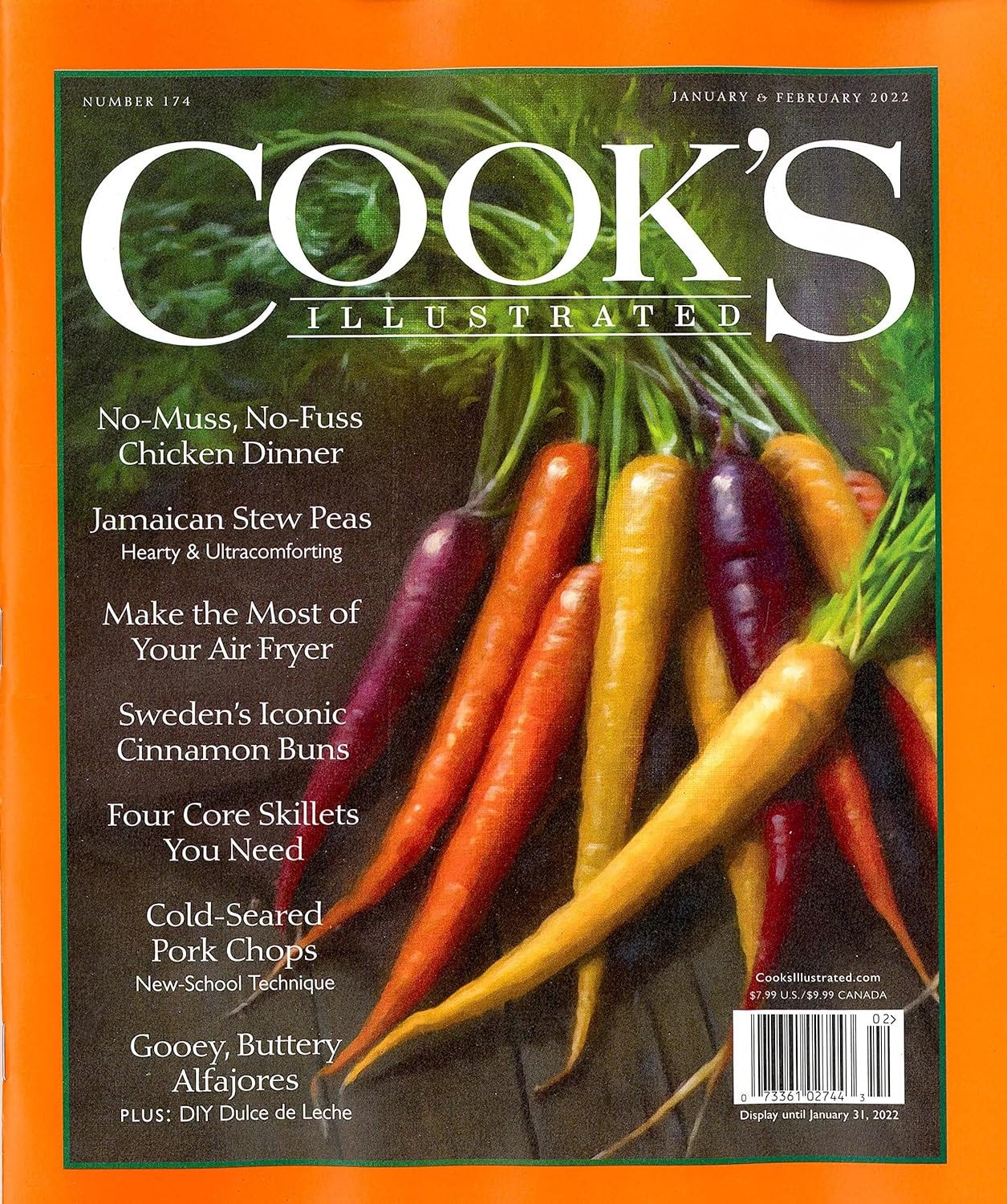
The magazine for cooking nerds
The technical aspects of cooking are usually overlooked. Kitchen gear is addressed by most publications, if at all, when it is fancy and untried. This paper magazine, however, tests equipment, gadgets, and recipes — new and old — in a relentless quest for the best kitchen stuff. Cook’s Illustrated is at liberty to be honest in their recommendations because they have no ads — no one to please but avid readers. The tests are amazingly thorough, and astoundingly informative. They examine everything from basic ingredients (sea salt, bread flour, olive oil) to high-end equipment (what is the best mixer?), as well as state-of-the-art in standard instruments like garlic presses, frying pans, oven thermometers, etc. I find their comparison methods to be more realistic and far more useful than Consumer Reports; and, of course, they evaluate far more items than CR ever would. They also obsessively taste-test popular recipes in hundreds of variations, and research the mysteries behind each ingredient. I learn tons each issue — about foodstuffs, about cooking, and about eating. Best of all, these folks make it very clear when a new tool or technique is not worth the trouble, and how you could manage with an old version. Unlike most magazines, back issues don’t age. You can also get online versions. And recently they’ve launched video and TV episodes. Their “Best of” compilations are well-used in our kitchens. — KK
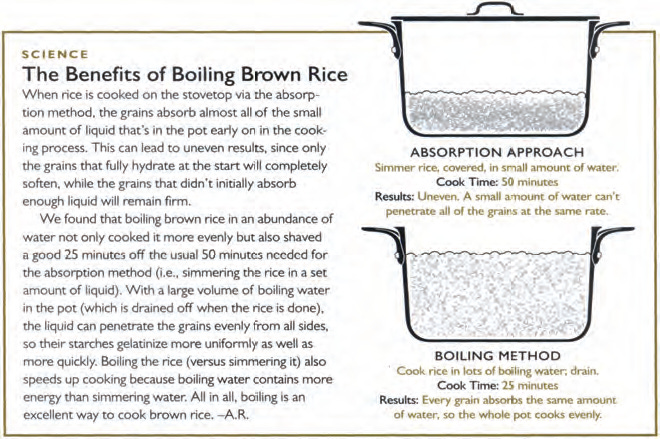
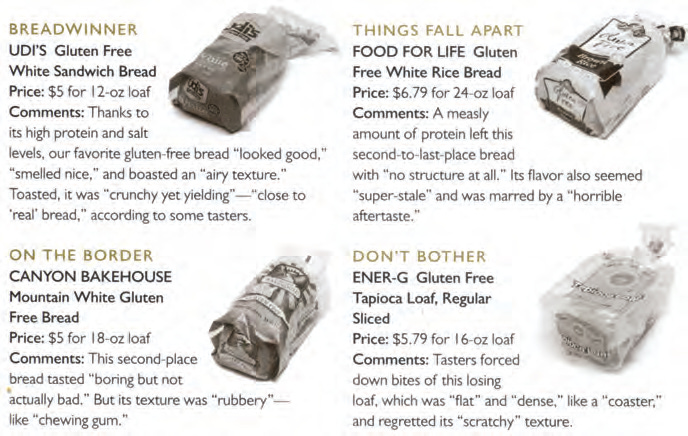
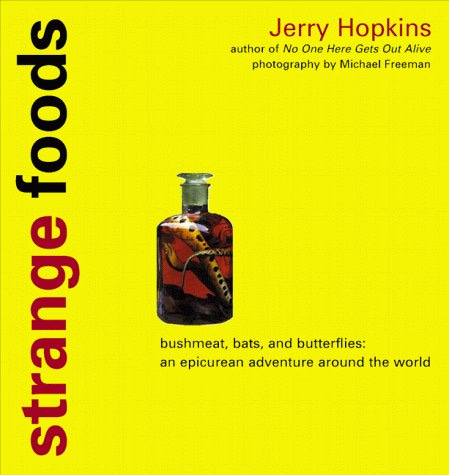
What other people eat
People (collectively) will eat anything. But one mans’ meat is another man’s ugh. This color-rich volume features the strangest (to us) foods served in the world. It highlights two global trends: a hunger for increasingly exotic foods, and the worrisome increase in hunting bush meat from endangered and rare animals – at crisis levels in parts of Africa and Asia. Nonetheless, the full variety of things-humans-eat, in all their strangeness, are captured in fine photography and readable history here. The author also provides sources and recipes for farm-raised exotic foods and meats. This guy, at least, has tried everything. — KK
- When I tell people that I took the placenta home following the birth of my son and the next day served it as a pate, they generally (1) don’t believe me or (2) recoil in horror, calling me a cannibal. My wife was to return home the day following and my plan was to cook the placenta and make it into a pate to serve visitors who had been invited to meet the baby. When I asked, the doctor agreed in wonderment, but then didn’t know what to put it in for transport to the flat. Unlike restaurants, medical clinics don’t have Styrofoam “take-away” containers for leftover food.
- Bird’s nest soup is one of the true culinary enigmas, a high-priced delicacy that is made from the nests of swifts, found in bat-filled caves in Southeast Asia. The nests are made of seaweed, twigs, moss, hair, and feathers glued together by the birds’ saliva and the spawn of small fish. Is this something you would pay up to US $300 a bowl for?Why so expensive? Well, first of all, it’s considered by many to be an aphrodisiac, a word – some say myth – that is driving many animal species to the edge of extinction. For centuries, Chinese have given their children the soup, believing it will help them grow. Others consume it to improve their complexion and defeat lung problems, or as an all-purpose tonic.
- Two handfuls of rats that will either be eaten, or sold for one-and-a-half rupees each under a program set up by the Oxfam Trust and India’s Department of Science and Technology.
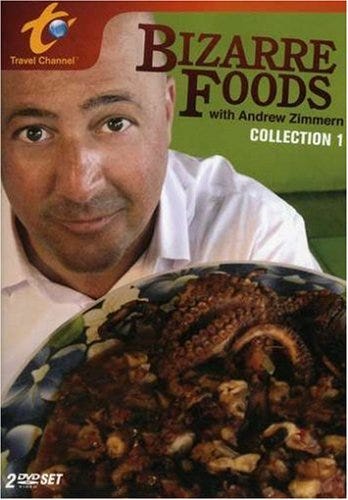
Outer limits of food
I think we owe it to ourselves to explore the world’s cuisine and outer boundaries of food. You don’t have to like everything you try, but you should try everything. Humans somewhere will consume just about anything that moves, or is grown, so there is plenty of material. The balding fat chef, Andrew Zimmern, who is the host of this TV show goes on a quest to eat the weirdest, strangest, most bizarre foods in world. He’ll try anything twice, and then give his “review” of it. Strict vegetarians may want to avoid watching. Not only is any animal, insect, fish, invertebrate eaten, any part of it is gobbled down is as well. Better than several books on the subject, this series will make you rethink your food limits. It’s comparative foodology 101. All weird foods have a good story behind them, as revealed in these fun documentaries, which now comprise at least 75 episodes. If you can’t find endless repeats on his show on cable TV, there are collections on DVD. — KK















